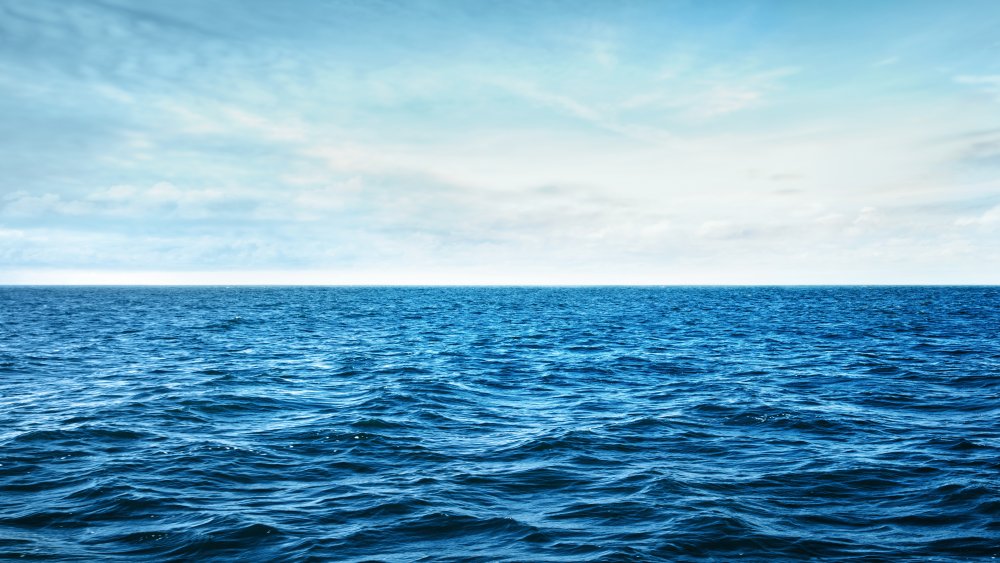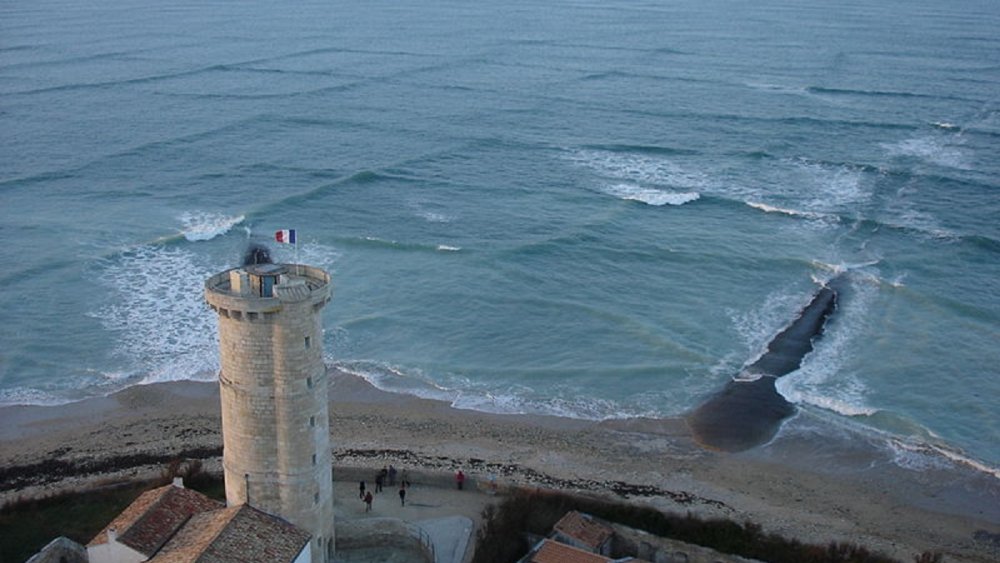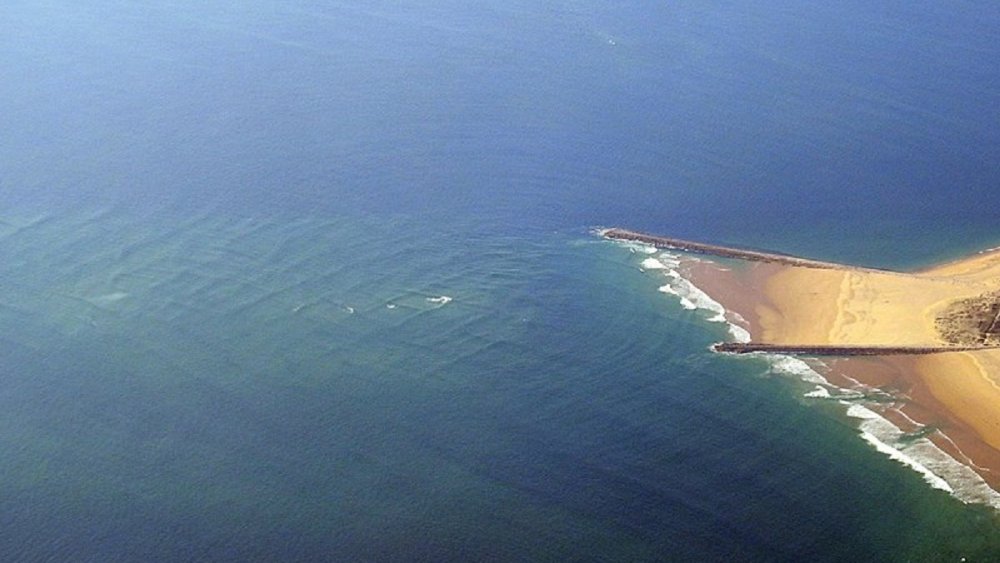The Dangerous Ocean Phenomenon You've Never Heard Of
When considering dangerous ocean phenomena, it's easy to think of booming storms tossing ships around, massive tsunami racing from fault lines towards the shore, or whirlpools swirling like the flush of a giant toilet bowl. As beautiful as the ocean is to view from the peace of a sunny beach, the lethality and size of Earth's water separated continents for hundreds or years, and its gorgeous blue-hued waves are responsible for countless deaths. It's no wonder that stories of sea monsters have circulated across the globe to serve as cautionary tales for anyone willing to venture out towards the bright, blue, endless horizon.
There are plenty of well-documented, well-known wave dangers. As stated in Surfer Today, undertow happens when water rushes up to a beach and then back out to the ocean, creating a downward sucking force that can pull small children under. Rip currents are similar, but are actually waist-to-chest-high waves that don't break, but make their way to shore and then flow quickly back out to the surf line. Rip tide, as the name says, is a current caused by tidal flow to or from the shore, especially along the edge of an inlet. During rising tide, water rushes in, and during ebbing tide, water rushes out.
Not all dangerous things are dramatic or easy to spot, however. Some are downright tame-looking, pretty, or even spectacular to behold. And some, as in the case of cross seas, are exceedingly rare and only happen under very specific conditions.
Like a quilt draped over the ocean's surface
Per How Stuff Works, a cross sea occurs when wind blows two opposing sets of wave forms towards each other at an oblique angle — diagonal, or 45-degree. The waves collide, but do not cancel each other out, as they would if they hit head-on. Instead, they pass through. The mathematical principle on display is called the Kadomtsev–Petviashvili equation, according to the University at Buffalo, New York. The equation "describes the evolution of nonlinear, long waves of small amplitude with slow dependence on the transverse coordinate" — the cross waves' rather distinctive, "quilt-like pattern" across the surface of the water. The pattern is so geometrically pristine, which is so unusual in nature, as to tickle the spines of physicists and mathematicians, as well as tourists waiting with their cameras poised.
The phenomenon typically crops up and dies out in a matter of seconds, because, as Trip Hero states, the energy of cross sea systems weakens rather quickly. Smaller wind patterns can also interfere with their strength. There are spots on the earth, though, where conditions are rife for cross sea creation on a regular basis. At the Isle of Rhé off the west coast of France, for instance, visitors come by the thousands to view cross sea's perpendicular lines from the location's lighthouse. Tel Aviv, Israel, is another common spot for observing them. Lisbon, Portugal, a surfing hot spot, has also been known to afford good views of cross seas.
In the end, not too too lethal
Like any other ocean phenomenon, cross seas ought to be respected, and avoided if at all possible. Unlike rip currents, though, which cause approximately 100 deaths to swimmers and surfers each year, per World Atlas, cross seas are easily visible and can even be spotted at a distance. If you're just standing along the edge of some wet sand with water around your ankles, cross sea waves aren't about to rush up and nab you. Even for the most anxious among us, that has to be a comfort.
In fact, cross seas are far more dangerous to swimmers who swim out further into the ocean, and even more so to boats. If a boat gets caught precisely at the intersection of two waves, as The Guardian describes, it can be rocked back and forth and take on water. This is why a disproportionately large number of accidents occur from the waves of cross seas, doubtlessly combined with the inexperience of boaters who may not be used to seeing such a rare phenomenon.
If you do happen to be swimming, however, and find yourself caught in a cross sea, conserve your energy and do your best not to panic; just wait for the wave to pass. Barring that common sense advice, the simplest solution is often the best: if you're worried about getting caught in some current or tidal flow, then just stay in your beach chair with a beer and dip your toes in the water every now and then.


